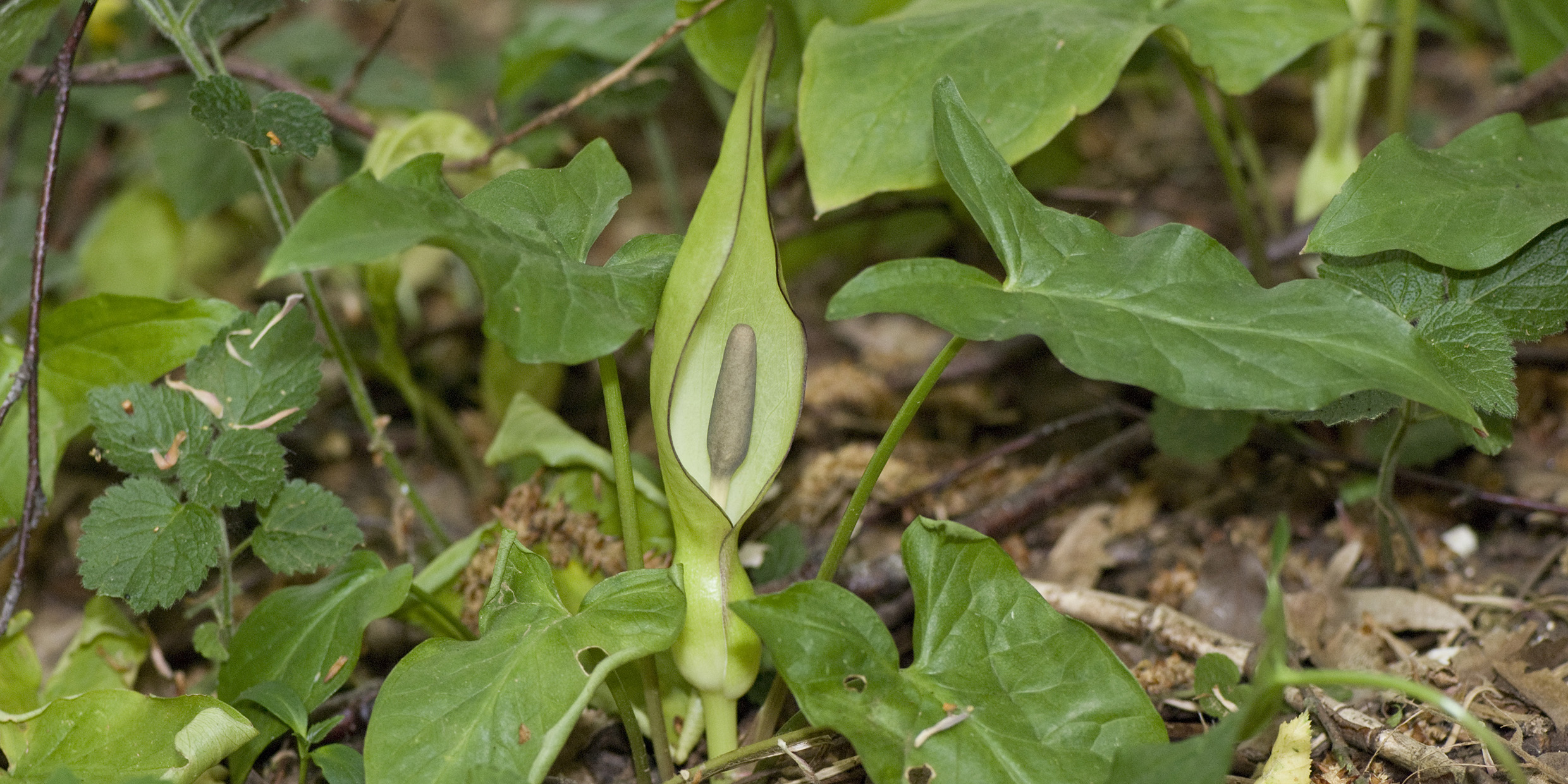Originally published 9 February 1998
Every now and then a book comes along that finds a place on the bedside table and stays there. So it has been with Richard Mabey’s Flora Britannica, which winged its way across the Atlantic as the gift of British friends. On almost every evening for most of a year I have dipped into its pages, never without pleasure — though occasionally with a touch of melancholy.
Mabey is a conservationist and country-living journalist, who writes a personal column for BBC Wildlife magazine and writes regularly on nature themes for British periodicals. The Flora Britannica is the result of 20 years of researching and writing about British plants.
This is not your usual scientific flora, full of technical jargon and Latin names. It is rather a cultural history of England, Scotland, and Wales, told through their flora. The common names of plants, rich in historical connotations, figure prominently.
As Mabey began the writing of the book, he invited nature lovers all across Britain to contribute their own plant observations, local names, lore. The result has a folksy, gum-boots and mackintosh feel to it, as if a group of amateur botanists from Land’s End to John-‘o‑Groats had gotten together in a cozy village pub to swap stories.
All of Britain’s plants are here, from bluebells to beeches, candytufts to poison nightshades, the harvest of rain-sodden heaths, seaside cliffs, and rushy glens. We are told where the plants grow and when, how they got there, where they came from. But most of all, we are given the many and intricate ways plants have furnished and embellished human culture.
Consider the plant that takes the record for having more local names than any other, most commonly called cuckoo-pint or Jack-in-the-pulpit. The latter name, of course, refers to the plant’s flowering parts in spring: a dark, round, fleshy vertical spike cupped by a curled pale green sheath.
An alternate name, starchwort, recalls the era when dried and ground-up tubers of the plant were used as a substitute for starch in laundries (remember starch?). Another name, cuckoo flower, may refer to the time of flowering, coincident with the first call of the cuckoo. Parson-in-the-pulpit sometimes takes the place of Jack.
Most of the plant’s local names have a sexual connotation, referring to the dark spike, and recall a time when the mechanics of reproduction were just one more part of the countryperson’s world. Among them are cuckoo-pint (short for pintle, or penis), priest’s pilly, and the delightfully ribald Willy lily. Lords-and-ladies is probably a Victorian invention, says Mabey, a polite euphemism for a newly urbanized and sexually fastidious society.
According to an old legend, the medieval monks of Ely, in the English fenlands, or marshes, stole the body of St. Withburga from a rival monastery and carried it back to Ely by boat down the river Little Ouse. As they paused to rest along the way, the nuns of Thetford came down to the riverside and covered the saint’s body with blossoms of cuckoo-pint. As the boat continued its journey, flowers fell into the river and immediately took root. Within an hour they had covered the river banks as far as Ely with blossoms — which glowed radiantly at night.
Apparently, the pollen of the cuckoo-pint does in fact glow faintly at dusk. When Irish workers came to the neighborhood of Ely in the 19th century to drain the fens during the famine in their own country, they called the plants along the river fairy lamps. The fen folk themselves had long called them shiners.
This rich plant lore is fading fast, ignored by a generation who live their lives gazing into the face of a television or computer monitor, which is why Mabey so urgently set about collecting his materials. When the current cohort of aging Brits die off, one wonders if anyone will remember St. Withburga’s miraculous procession lit by fairy lamps — or the Willy lily.
It is more than lore that is lost; it is also a connection with the earth, a sense of being plugged into more-than-human nature.
Mabey’s Flora Britannica paints a portrait of a people living from time immemorial in close contact with the land, drawing spiritual sustenance, medicine, decoration, crafts, foods, and festivals from the plants of woods, meadows, heaths, and hedgerows. Every species recorded here is embroidered with lore.
The publication of this fine book certainly strengthens the hand of those who would save threatened wild plants and ancient trees from encroaching industrial and urban development, such as the quintessentially-British nature lovers who in 1993 fought, unsuccessfully, to save a 250-year-old sweet chestnut from a new motorway link road in east London.
But conservation is not the only goal of Flora Britannica. Mabey also seeks to preserve and foster an “intimate and equal relationship with nature.” It is probably too late for that. Intimacy has been replaced by asphalt, and equality by obliteration.
The major attraction of the lore accumulated here is that it is still, barely, living lore, gathered from the memories and experiences of people who care. The book inspires melancholy too, when we realize that the lore is destined to become as extinct as many of the plants it describes.



